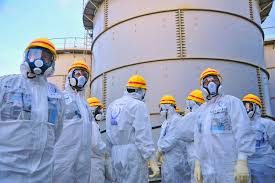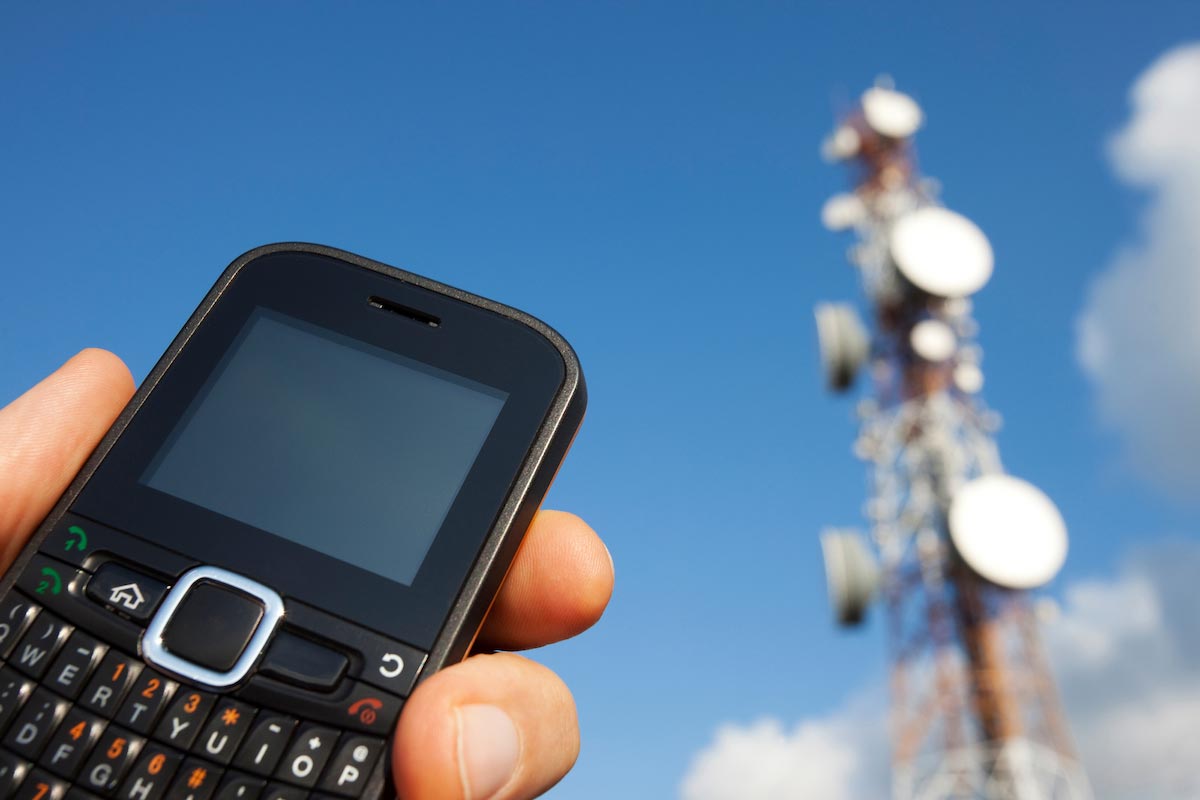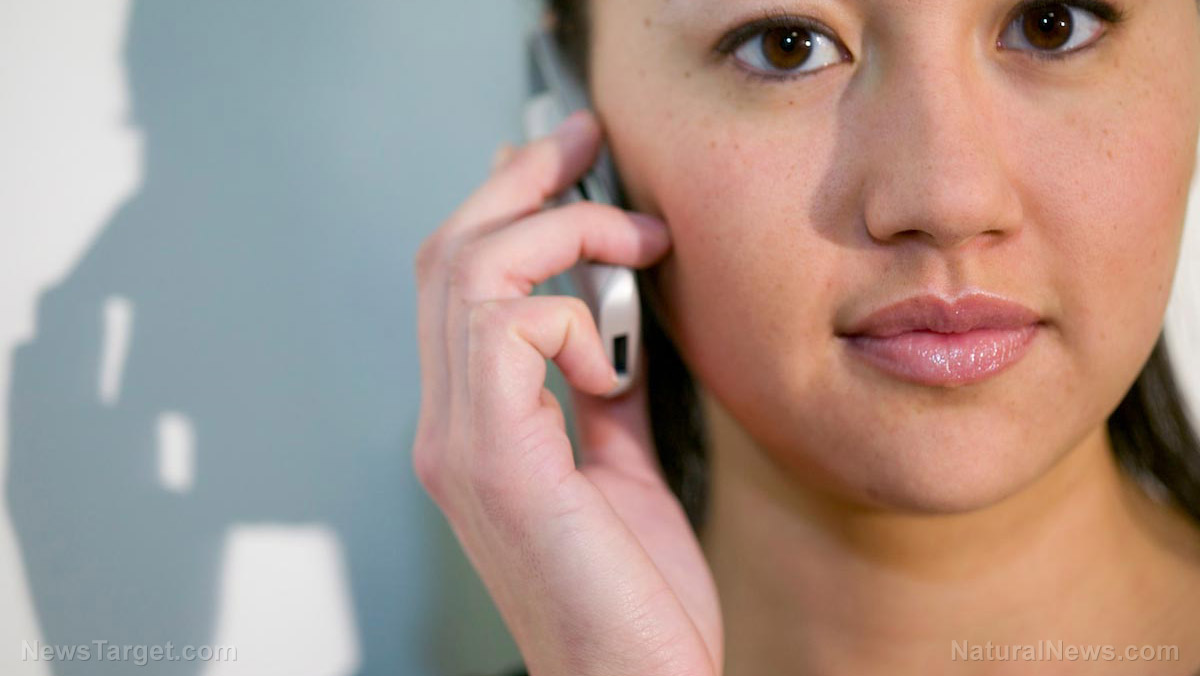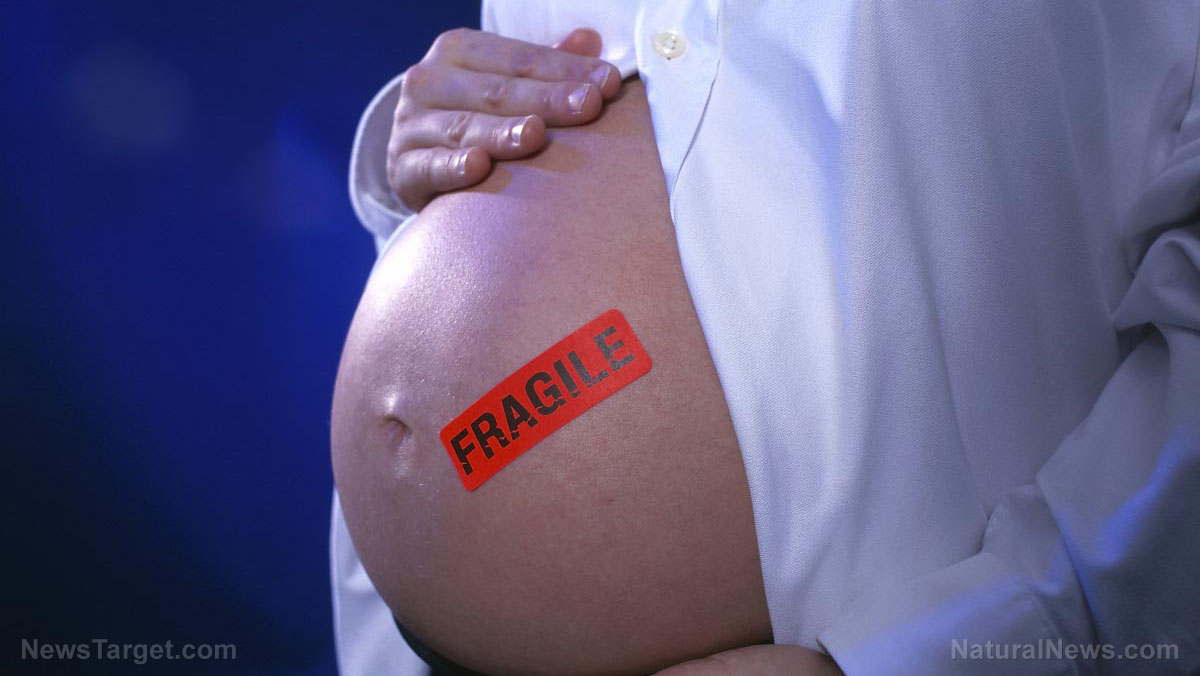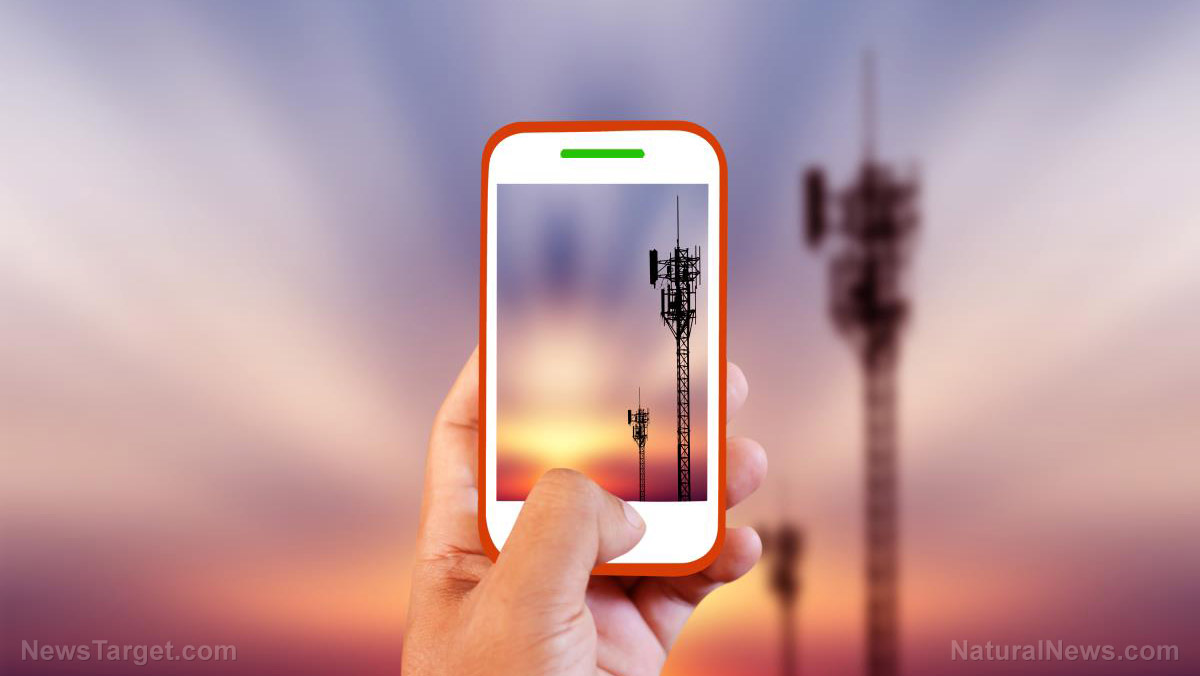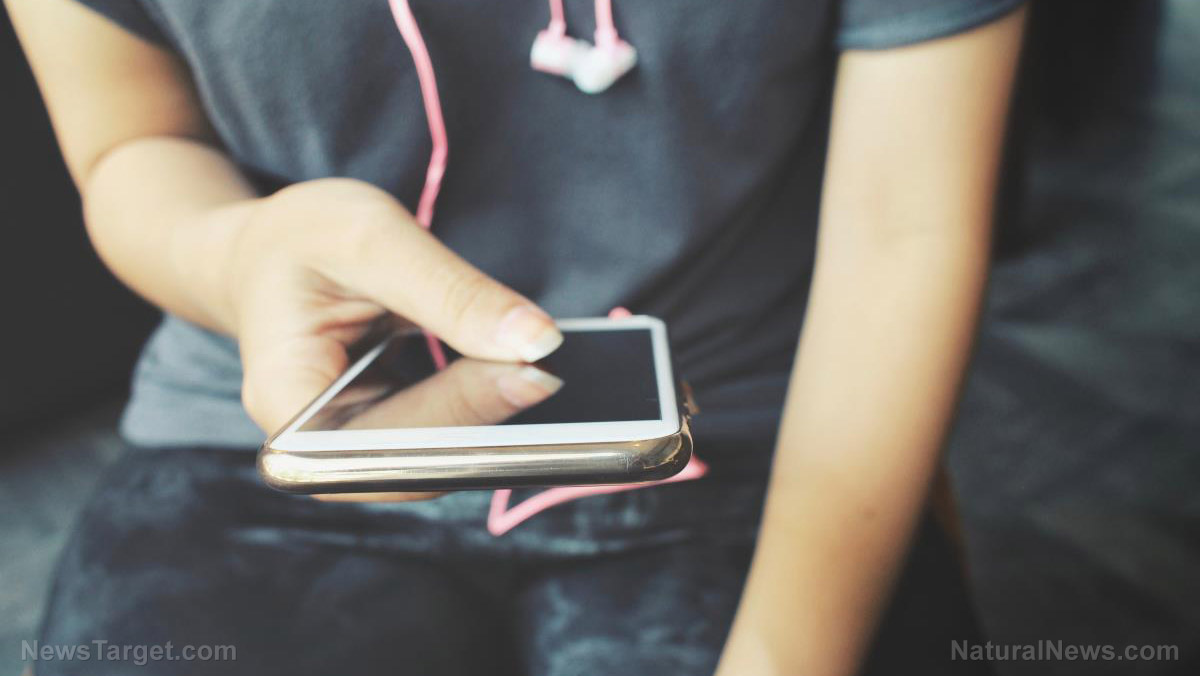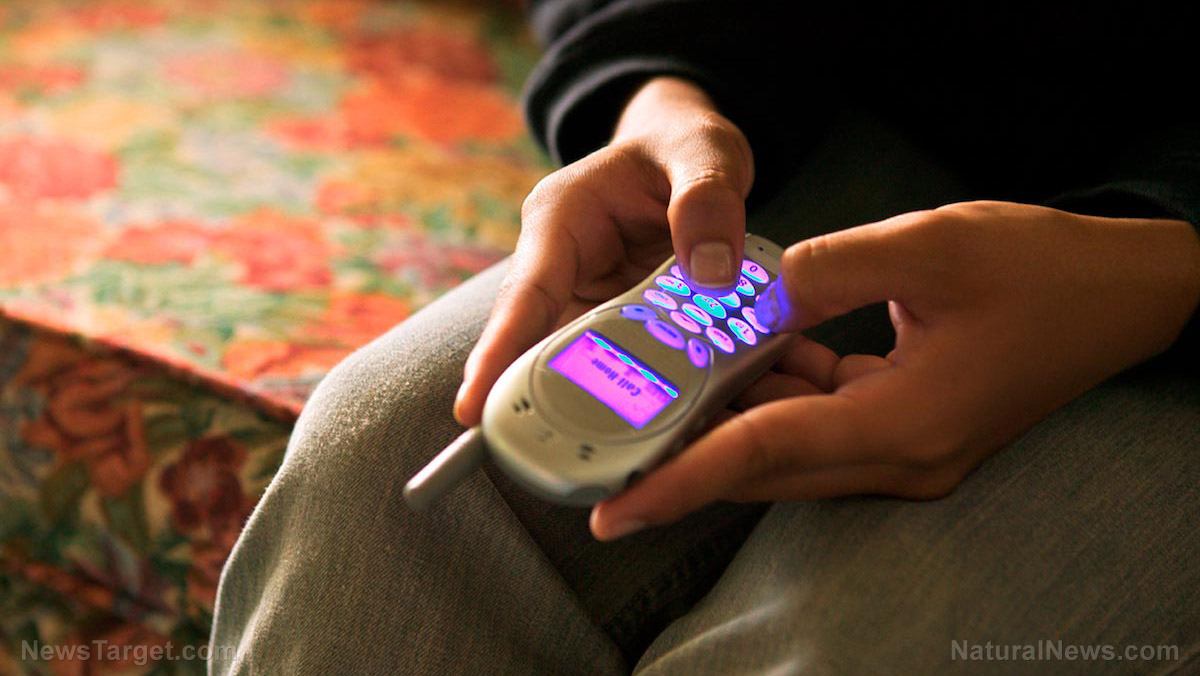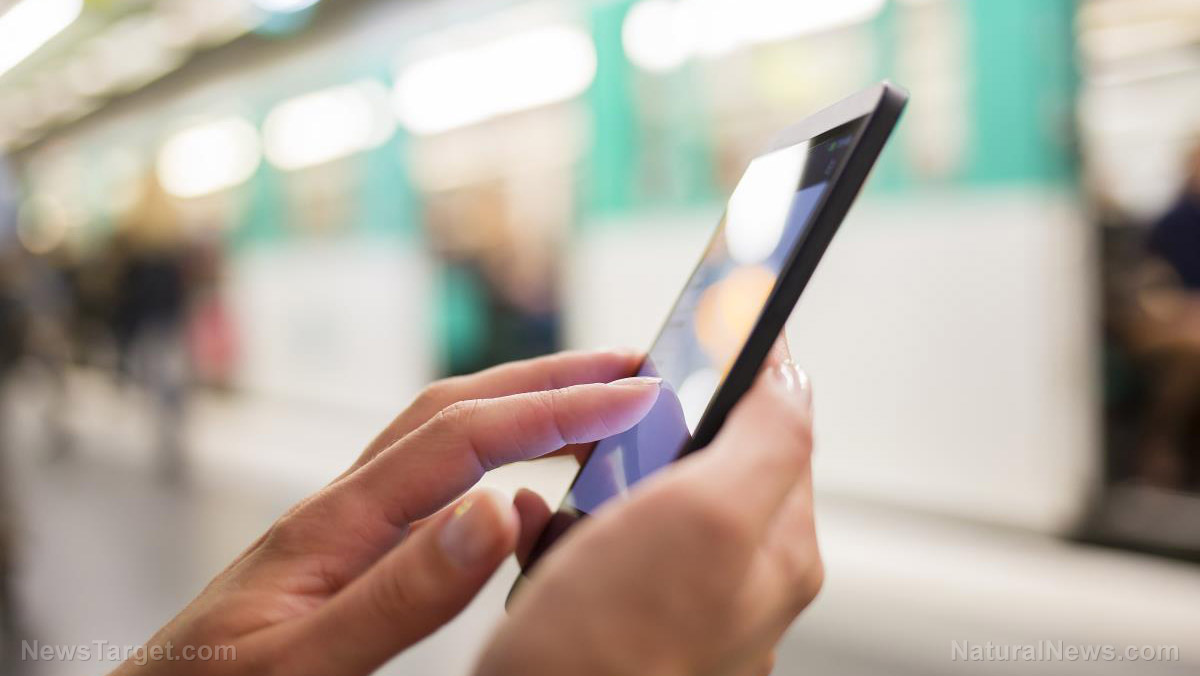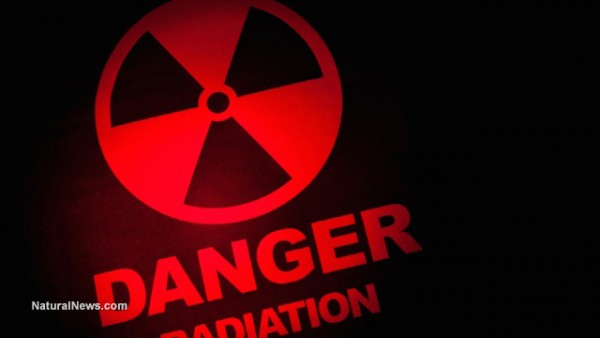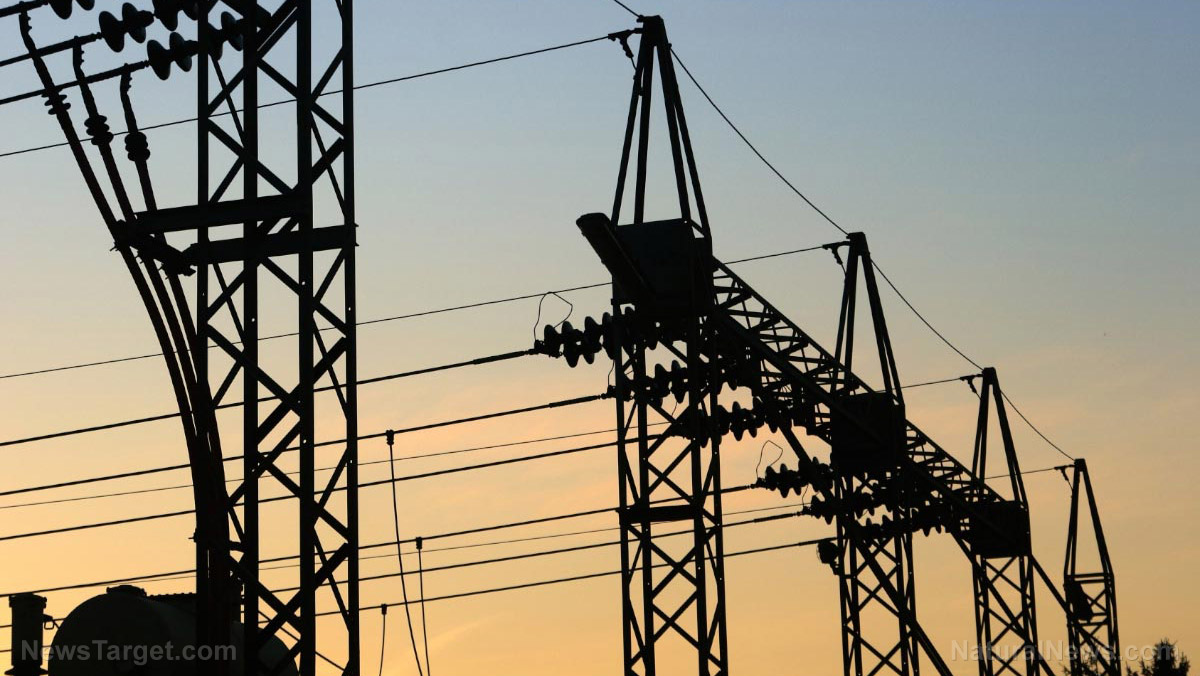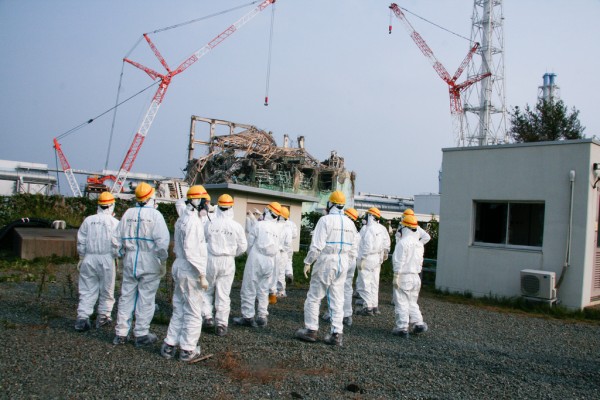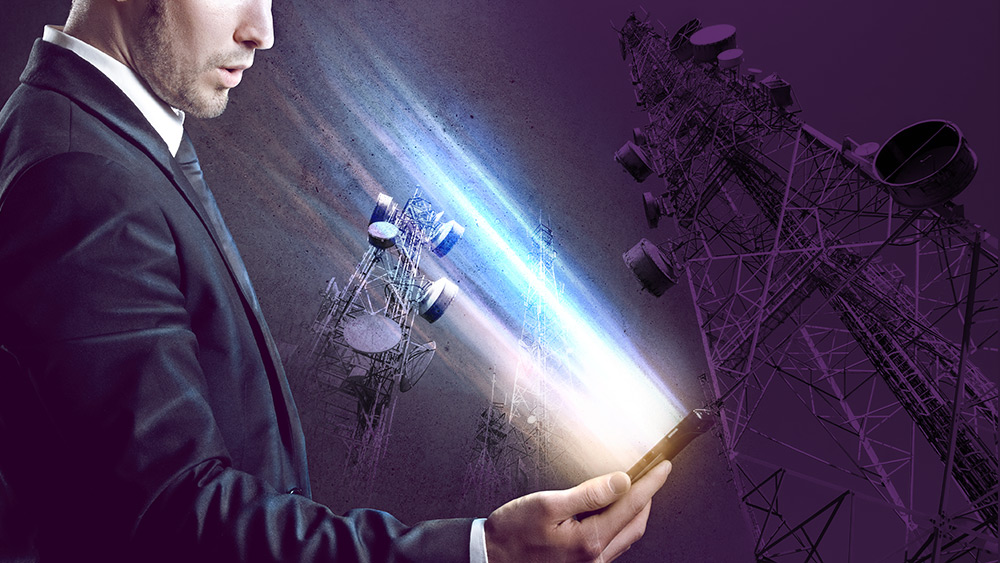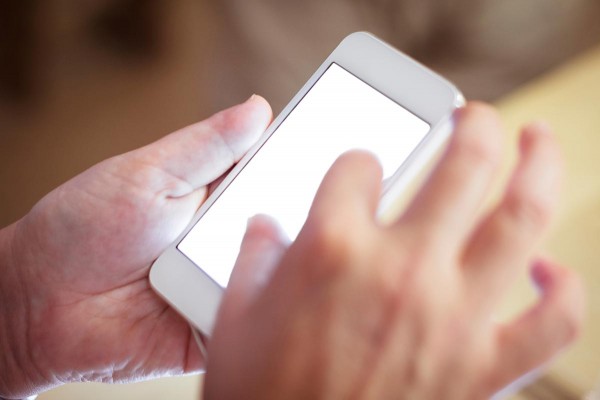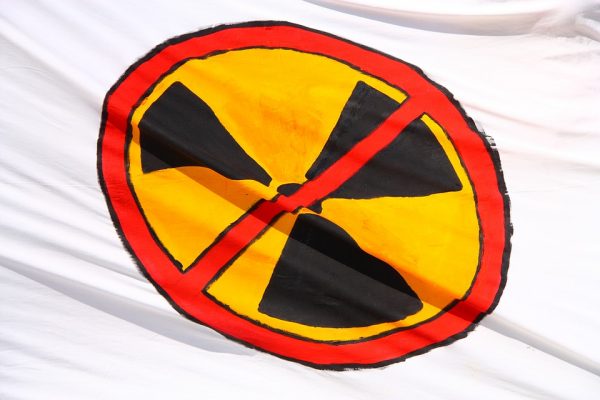10/27/2016 / By spacenews
Weather on Earth is often a hazard for travelers; after all, snowstorms, hurricanes, floods and other events can make it dangerous to drive or fly. Space travelers have a similar problem when dealing with space weather.
Article by Calla Cofield
As NASA plans to send humans to Mars in the 2030s, work is underway to study how the space weather environment will impact their journey. Explosive “storms” that erupt from the surface of the sun regularly create showers of harmful radiation. Part of NASA’s plan for a trip to the Red Planet will have to include space weather forecasting, monitoring and safety measures.
Forecasting space weather is also beneficial to people on Earth, especially as humans become more and more dependent on satellites for things like GPS and telecommunications. During a public event hosted at the Smithsonian National Air and Space Museum in Washington, D.C., yesterday (Oct. 25), scientists discussed current efforts to help all Earthlings cope with space weather events. [Sun In 3D Presented By NASA’s STEREO Mission | Video]
Space
weather, also known as solar weather, refers to the light, energy and particles that stream off of the sun. The so-called solar wind is a constant stream of particles that stretches all the way beyond Pluto, creating an envelope around the solar system. The sun also releases sporadic, intense bursts of light (solar flares) and eruptions of charged particles (coronal mass ejections, or CMEs). When these particles strike Earth’s magnetic field, they can create the natural light show
known as the auroras.
The particles released by the sun are a type of radiation, and can cause physical harm to humans. People on Earth are protected by Earth’s atmosphereand its magnetic field, but without proper shielding, astronauts are exposed to these harsh weather events.
Scientists are interested in finding out exactly how much radiation astronauts will be exposed to during a trip to the Red Planet and once they get there, John Grunsfeld, a former astronaut who now serves as associate administrator of NASA’s Science Mission Directorate, said at the event. (Mars doesn’t have a magnetic field that protects it from space radiation, and its atmosphere is much thinner than Earth’s.) Specific questions need to be answered about when astronauts are most vulnerable to space radiation, how that dose will affect the human body over long periods of time, and how to mitigate the health risks of space radiation, he said. (Some of those questions were answered by the rovers that NASA has sent to Mars.)
On most days, astronauts in space receive a steady dose of radiation from the solar weather and from radiation coming from outside the solar system. The International Space Station is equipped with shielding to keep that dose as low as possible, but astronauts are more vulnerable during spacewalks, when they are protected only by their suits.
Solar flares and CMEs from the sun could deliver potentially devastating doses of radiation to space travelers. Sections of the space station have additional radiation shielding to protect occupants during these solar events. According to Grunsfeld, a solar storm peppered the lunar surface with a radiation shower between the Apollo 16 and Apollo 17 missions to the moon in the early 1970s. If astronauts had been on the moon at the time, they might have received a radiation dose high enough to require immediate medical attention, he said. Humans traveling to Mars will have to deal with these threats as well.
“We have a plan that looks at all of the risks of going to Mars, and a big part of it is environmental modeling, monitoring and prediction of solar flares and solar events,” Grunsfeld said. “It’s not quite as advanced as terrestrial weather [monitoring] now, where we can see a hurricane and try to predict its path and see where it will go. The sun is much more complicated, so there’s a lot of knowledge that we still need to gain.”
That knowledge is coming from many different places. NASA has a fleet of satellites studying the sun, including the Solar Terrestrial Relations Observatory (STEREO), which has been in operation for 10 years. STEREO consists of two satellites that orbit on opposite sides of the sun, which essentially provides the satellites with depth perception, and the ability to determine where solar eruptions are coming from and where they are heading. STEREO can let people on Earth know when a CME or solar flare is headed their way.
Close to home
Space weather monitoring can also deeply impact people on Earth. CMEs can damage satellites in orbit, including those used for GPS and communications. Very powerful CMEs can even cause surges in power grids on the ground.
It can take a CME many hours or days to reach Earth, so it is possible for satellites to go into “safe mode” during these events. This safe mode protects them from damage, as long as a warning system is in place.
Just as local weather forecasts can alert people to hazards that may affect their day, solar weather forecasts and announcements could become increasingly relevant to people on the ground as well as people in space, according to Tamitha Skov, a research scientist for The Aerospace Corporation. Skov, who spoke at the event, is also a “space weather broadcaster” who creates videos that provide a picture of current space weather.
Currently, the Curiosity Mars rover goes into safe mode when a large burst of radiation is headed toward the Red Planet. In the future, these types of broadcasts would warn astronauts on Mars to seek shelter from solar storms, Skov said.
Back on Earth, the forecasts could be just as valuable. In 1986, a massive solar storm hit the Earth and caused a power outage for 6 million people for 9 hours. In addition, Skov said, there were major problems for satellites, leading to the loss of weather satellite images for hours and a shutdown of the Toronto stock market. The Space Shuttle Discovery’s fuel sensor also failed, Skov said.
Storms that size come around only every 25 to 50 years, Skov said, but smaller storms can still have big impacts. And the space business is growing — there are companies that want to offer trips to space for members of the general public, and companies that are using GPS and communications satellites for new technologies such as delivery drones and self-driving cars, Skov said. It appears the need for space weather forecasting is only growing.
Follow Calla Cofield @callacofield. Follow us @Spacedotcom, Facebook and Google+. Original article on Space.com.


